Fern Leaves Have Rust: What To Do For Rusty Looking Fern Leaves
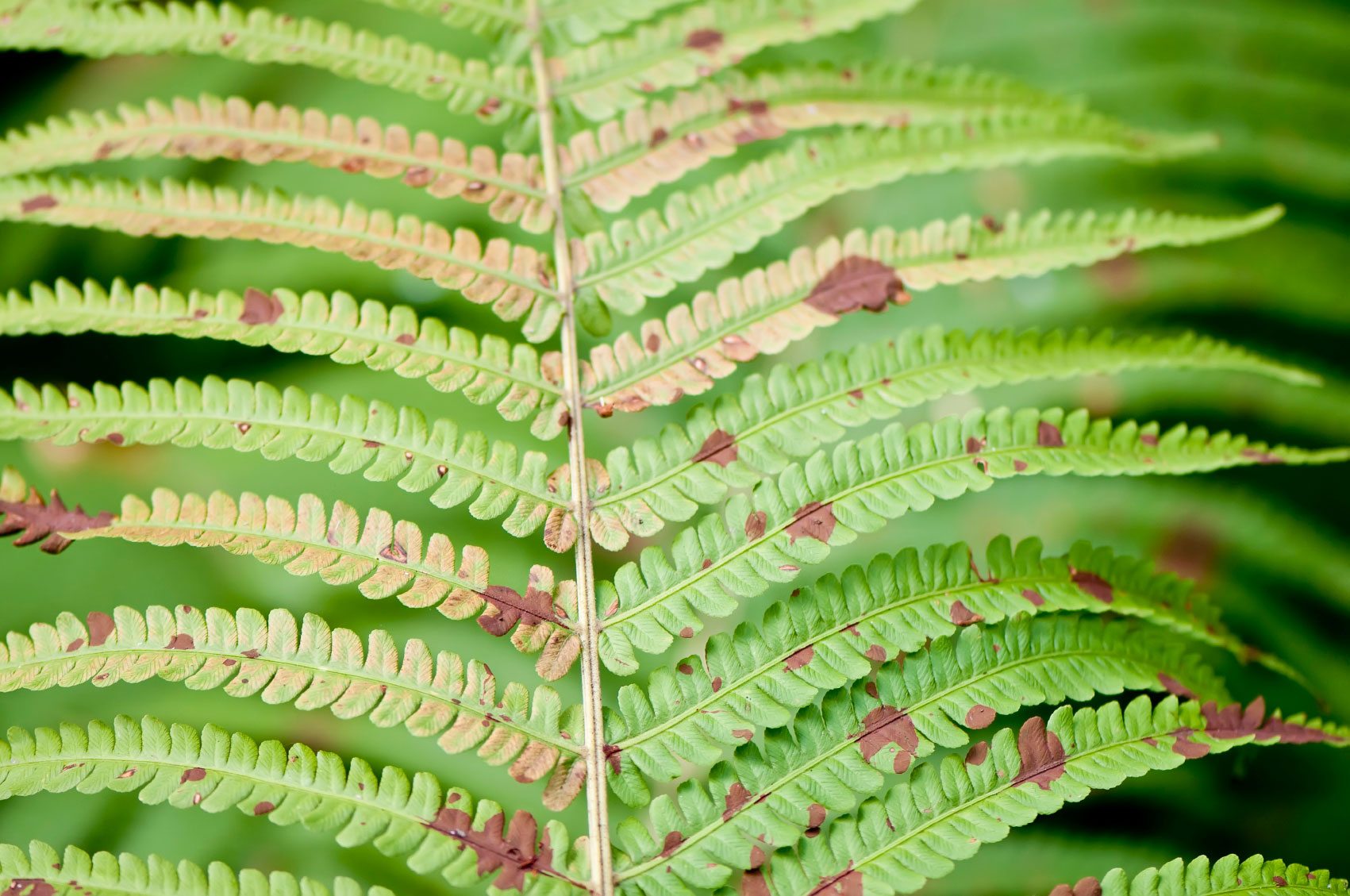

Ferns are lush, green woodland plants valued for their ability to thrive in low light and moist environments where most plants won't survive. However, the plants sometimes develop strange symptoms such as rusty looking fern leaves. Rusty fern leaves, often the result of normal growth and development, aren't always an issue. However, in some cases, rust colored ferns may indicate a more serious problem.
Rust on Back of Fern Fronds
Ferns are ancient plants that propagate themselves in ways that are very different from most plants. One way new ferns are propagated is through the development of millions of tiny spores that fall to the ground where they eventually grow into tiny plants. Often, rows of rusty brown spots on the back of mature ferns are actually the harmless spore cases. The rusty residue is powdery and some may land on the tops of the leaves.
Rusty Fern Leaves
If your fern leaves have rust that doesn't appear to be spores, it may require some investigation to determine the cause. Ferns exposed to too much sunlight may develop rusty brown leaves, sometimes with a crispy appearance on the edges. The solution for this is easy; move the plant to a location where it is in partial shade or filtered sunlight, preferably a place where it is protected from afternoon sunlight. Once the plant is relocated, new fronds should be a healthy, green color. Ferns may also develop rust colored spots on fronds towards the end of their growing season as they begin to enter dormancy. There is also a possibility that rusty looking fern leaves are affected by a fungal disease known appropriately as rust. In this case, the rust will look like tiny flakes, which eventually expand to bumps. Rust disease is seen primarily on the undersides of the leaves. Although rust is unsightly, it usually won't kill the plant. The best recourse is to clip and discard the affected leaves. Water carefully at the base of the plant and keep the leaves as dry as possible. Some fungicides may be helpful, but read the label carefully to determine if the product is safe for your plant. Keep the soil evenly moist, as dry soil can cause the leaves to turn reddish-brown. However, don't water so much that the soil is waterlogged.
Gardening tips, videos, info and more delivered right to your inbox!
Sign up for the Gardening Know How newsletter today and receive a free copy of our e-book "How to Grow Delicious Tomatoes".

A Credentialed Garden Writer, Mary H. Dyer was with Gardening Know How in the very beginning, publishing articles as early as 2007.
-
 8 Perfect Flowers To Plant With Tomatoes To Boost Yields & Banish Pests
8 Perfect Flowers To Plant With Tomatoes To Boost Yields & Banish PestsDon’t forget flowers when choosing companion plants for your tomato beds or pots. These pretty, fragrant flowers add beauty but are also highly beneficial.
By Mary Ellen Ellis
-
 Want The Longest Lasting Hydrangea Flowers? Grow These 8 Panicle Hydrangea Varieties
Want The Longest Lasting Hydrangea Flowers? Grow These 8 Panicle Hydrangea VarietiesFor ornamental shrubs that deliver the longest flowering seasons with plush blooms and delicate hues, these panicle hydrangea varieties are essential in your yard
By Tonya Barnett
-
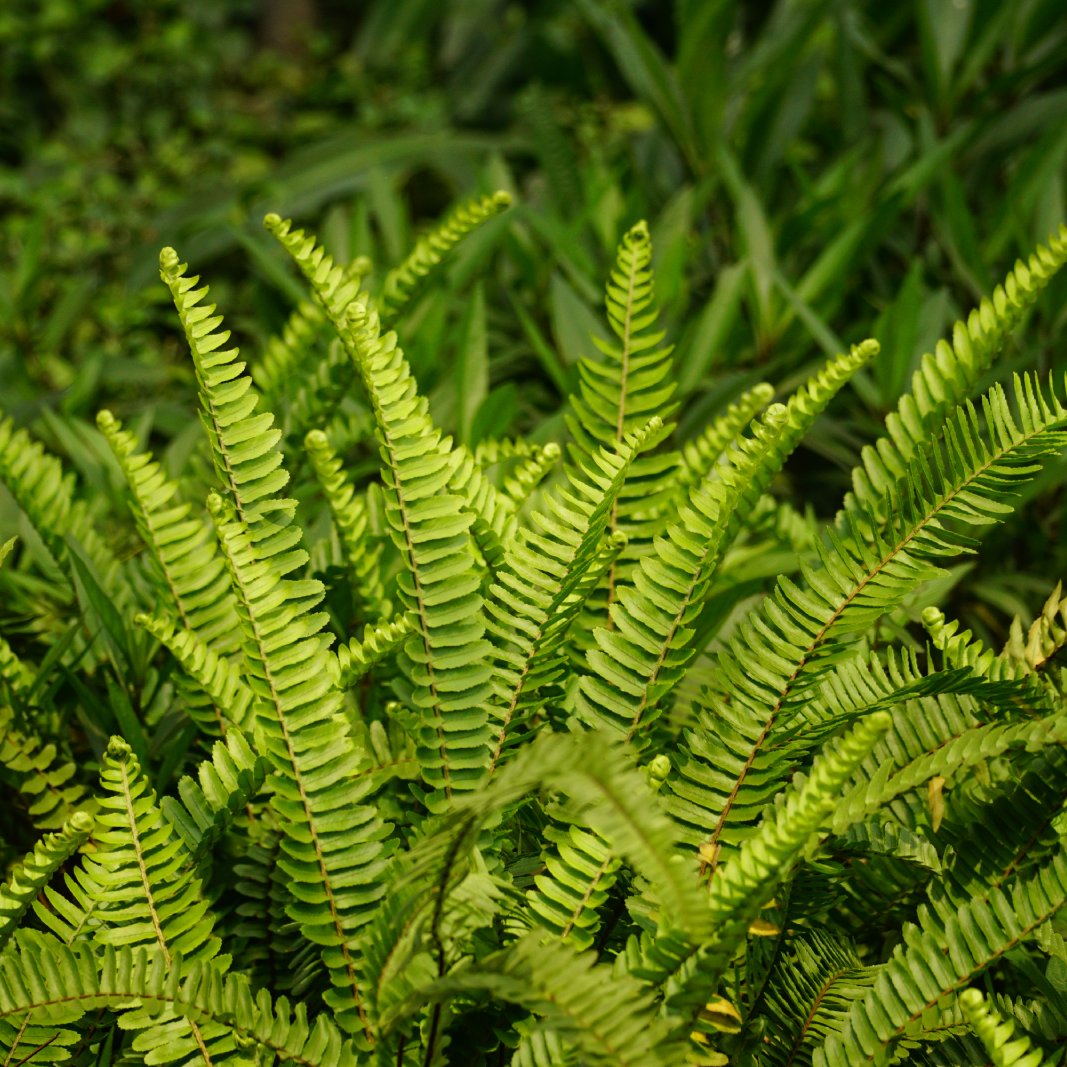 Polypodium Care: How To Grow And Care For Polypodium Ferns
Polypodium Care: How To Grow And Care For Polypodium FernsA small fern with a funny name, the polypodium - or polypody fern - likes to be shaded by trees and enjoys a moist environment.
By Bonnie L. Grant
-
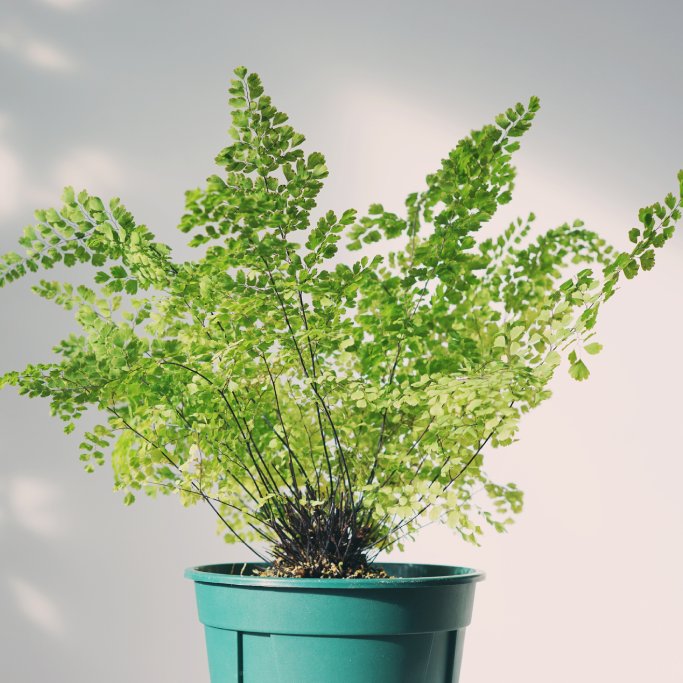 Southern Maidenhair Fern: Complete Care And Growing Guide
Southern Maidenhair Fern: Complete Care And Growing GuideThe delicate adiantum capillus-veneris, or maidenhair fern is a great addition to a woodland garden or indoor plant collection.
By Susan Albert
-
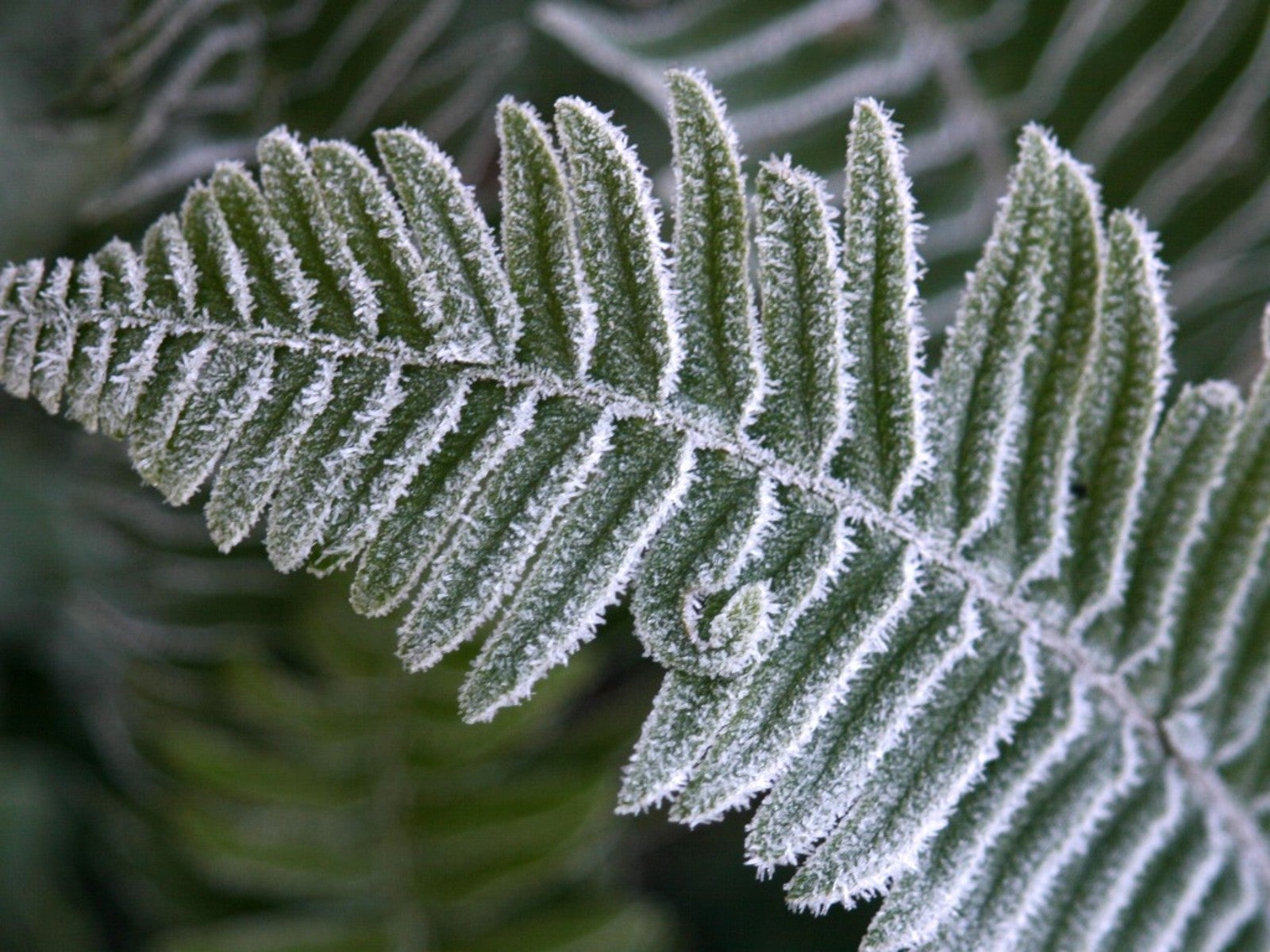 Hardy Ferns For A Green Garden All Year Long
Hardy Ferns For A Green Garden All Year LongFerns are always a beautiful addition to your landscape. Learn which ones can take the cold weather and still stay green.
By Mary Ellen Ellis
-
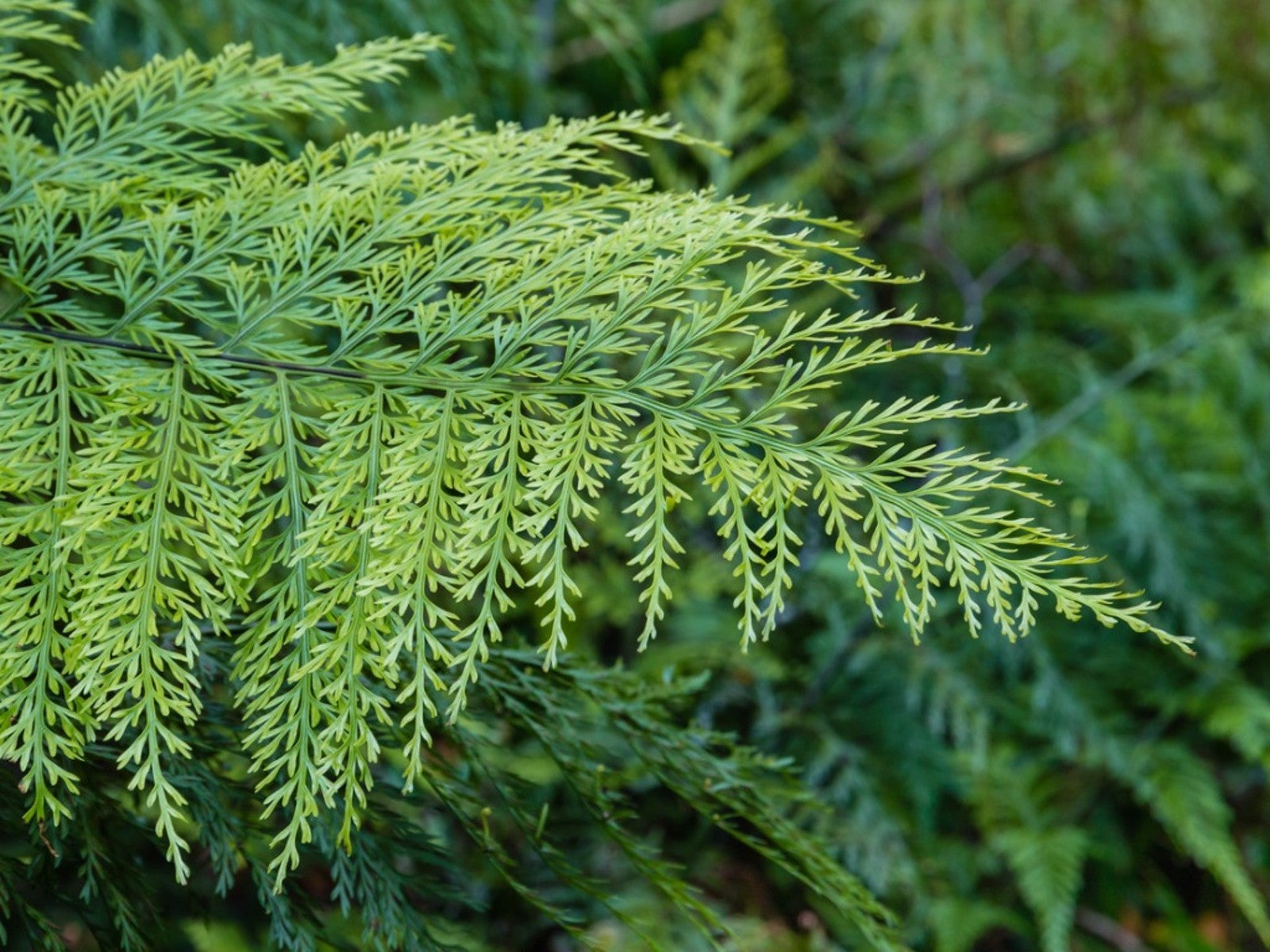 How To Care For A Tropical Mother Fern Indoors
How To Care For A Tropical Mother Fern IndoorsMother fern is a fern native to New Zealand sold as a common indoor houseplant. Click the following for information on mother fern indoor care and propagation.
By Amy Grant
-
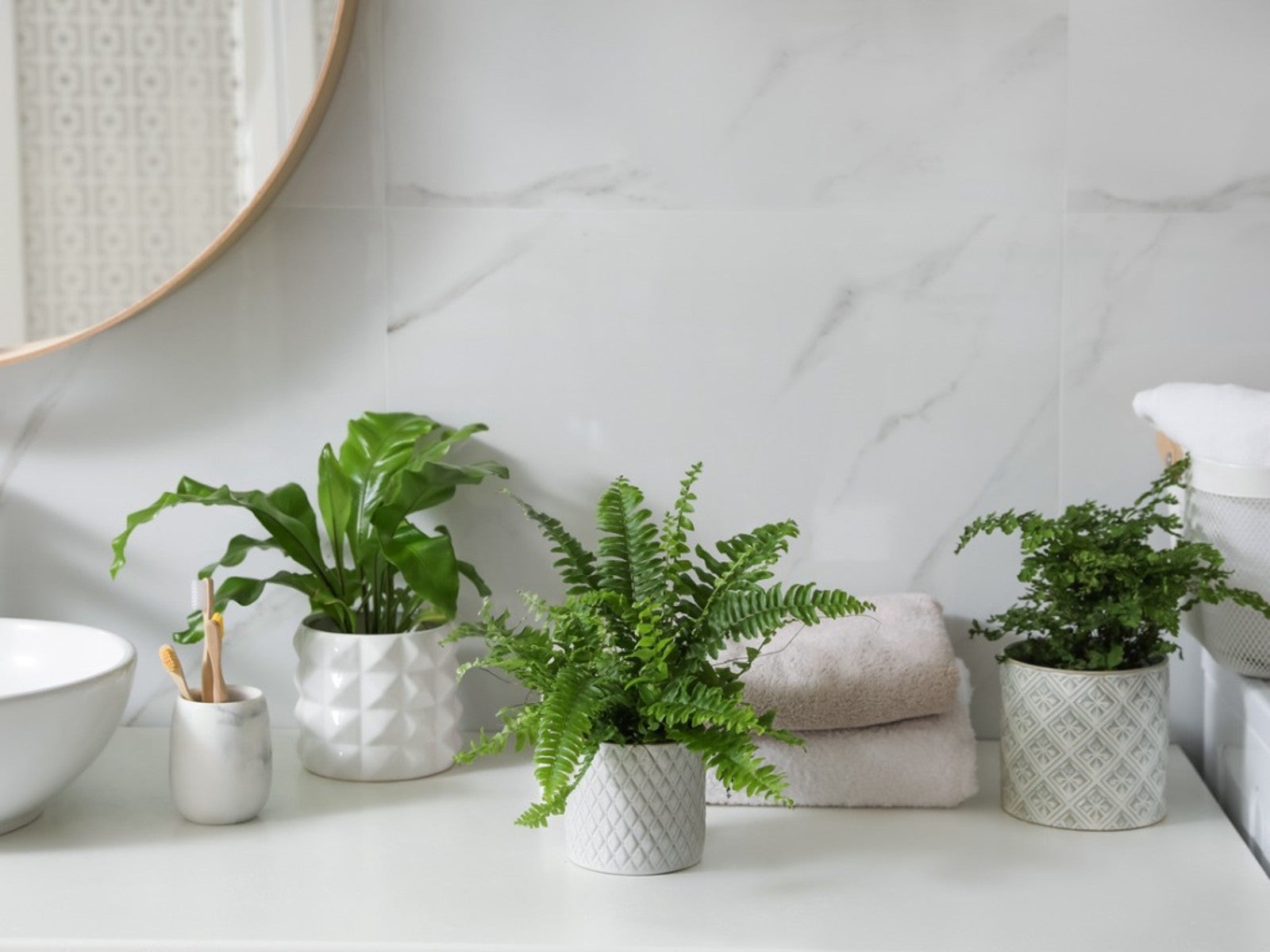 Growing Ferns As Houseplants: 9 Types Of Ferns To Grow Indoors
Growing Ferns As Houseplants: 9 Types Of Ferns To Grow IndoorsFern houseplants can add a tropical feel to an indoor space. Click here for nine beautiful varieties of fern well-suited to indoor growing.
By Mary Ellen Ellis
-
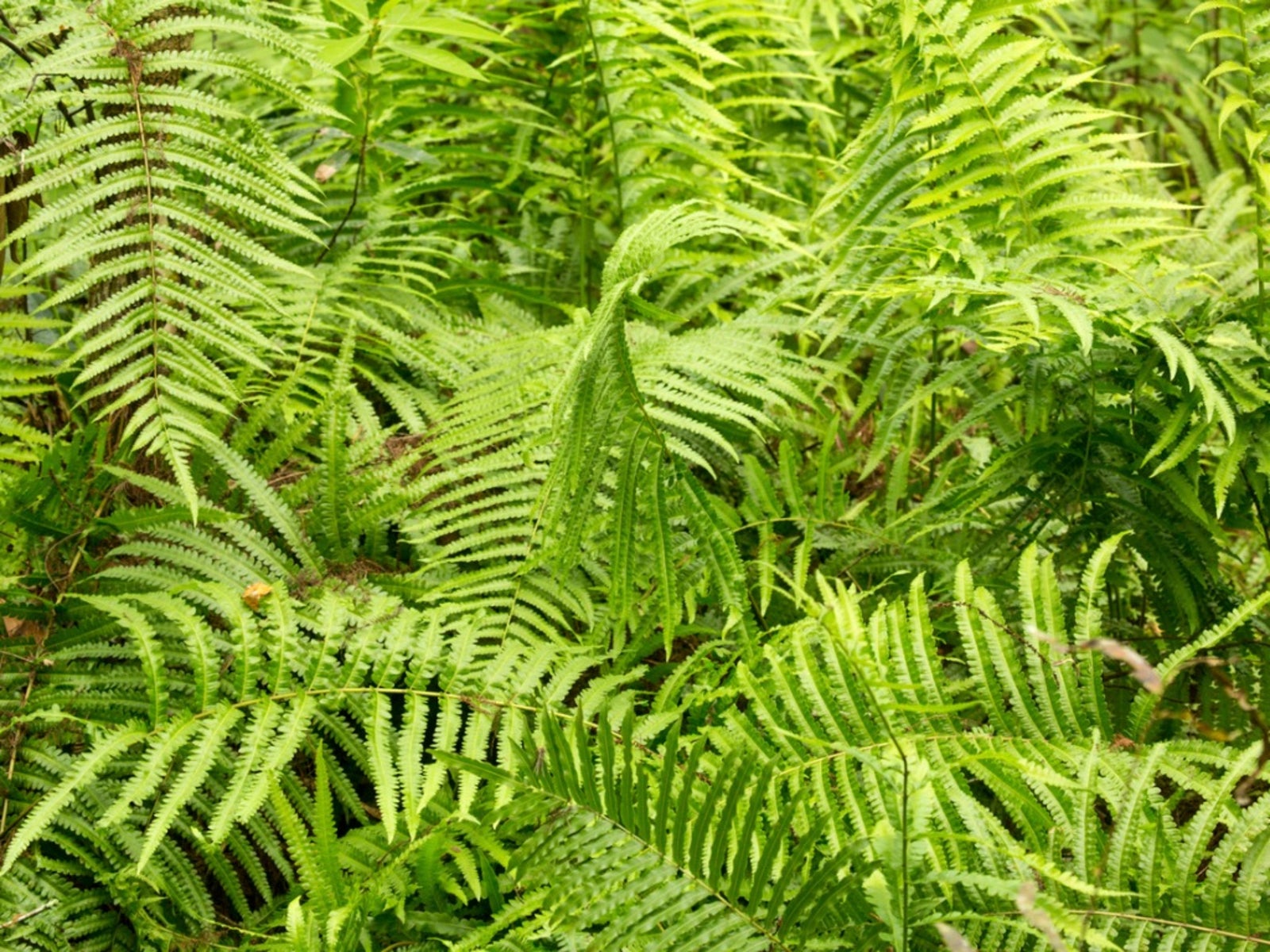 Shield Fern Plant Info – Growing Southern Shield Ferns In Gardens
Shield Fern Plant Info – Growing Southern Shield Ferns In GardensFor a shade loving and deer resistant plant, try growing Southern Shield ferns. Click here for more information on this fern variety.
By Amy Grant
-
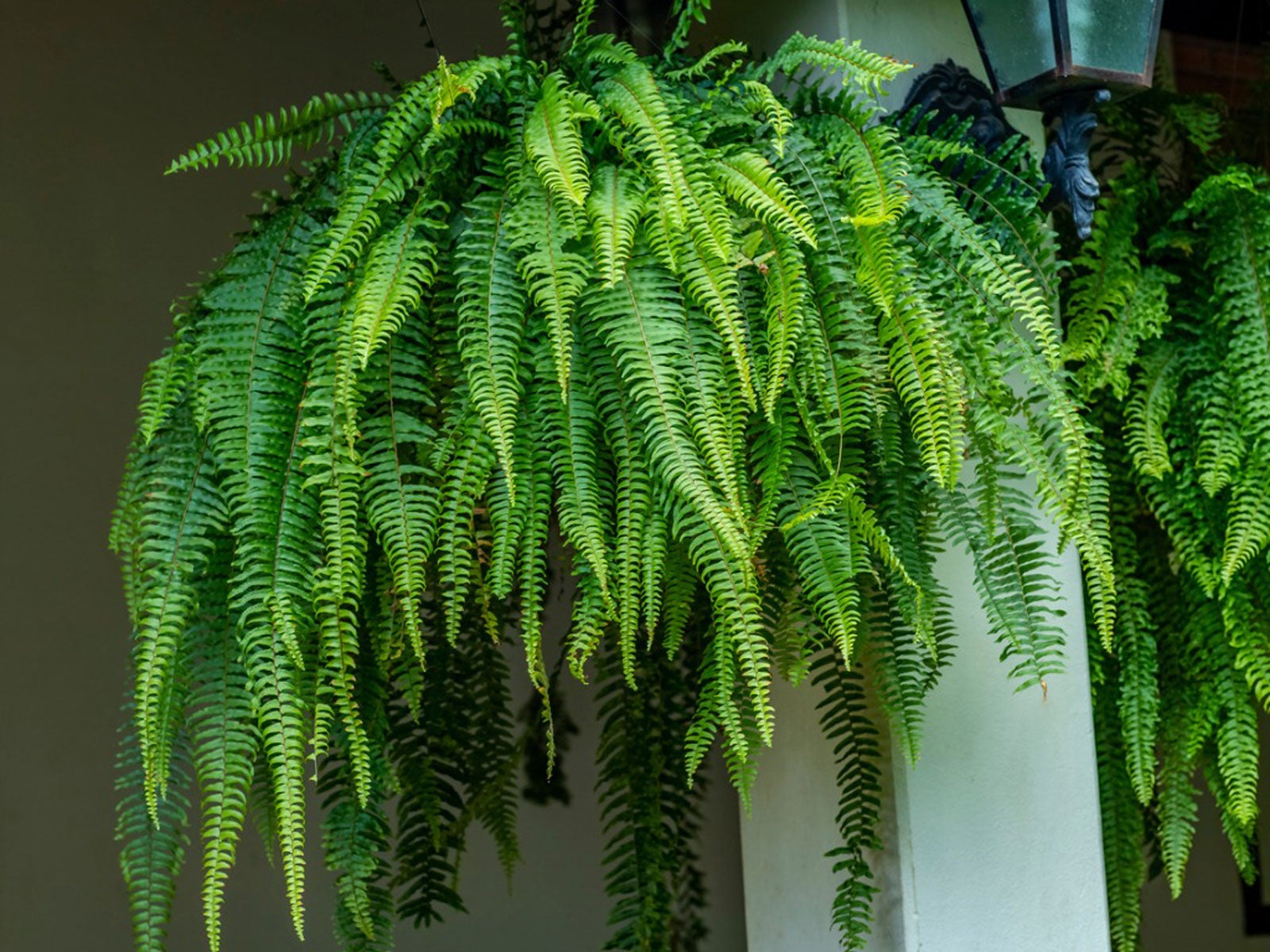 Fern In A Hanging Container: Care Of Ferns In Hanging Baskets
Fern In A Hanging Container: Care Of Ferns In Hanging BasketsFerns in hanging baskets are charming, and growing ferns in hanging containers outdoors is common over summer. Click here for tips on growing hanging ferns.
By Mary H. Dyer
-
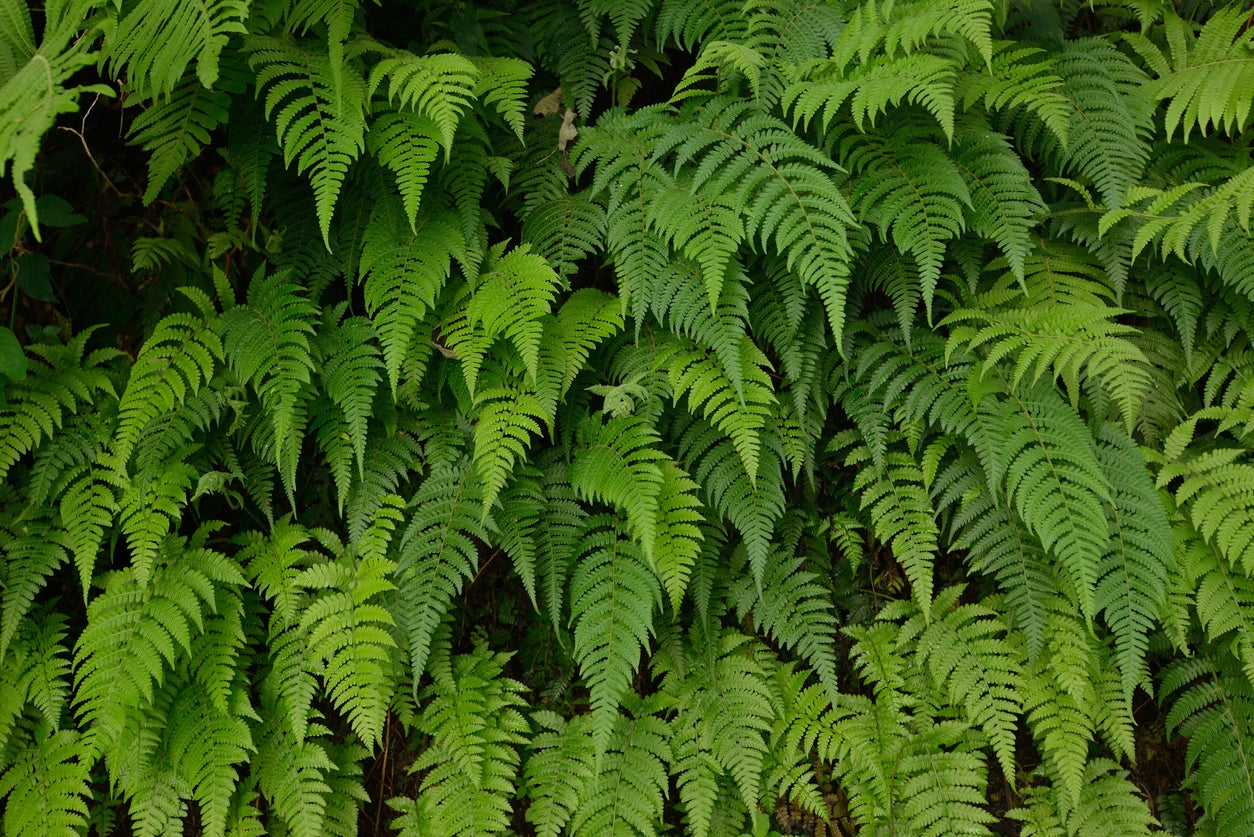 Common Fern Varieties: Learn About Different Ferns To Grow
Common Fern Varieties: Learn About Different Ferns To GrowIf you’re searching for an unusual type plant to use in mostly shaded areas, consider the graceful textures and forms of fern varieties. Take advantage of various types of fern plants to grace the wooded landscape. Click here for some suggestions.
By Becca Badgett